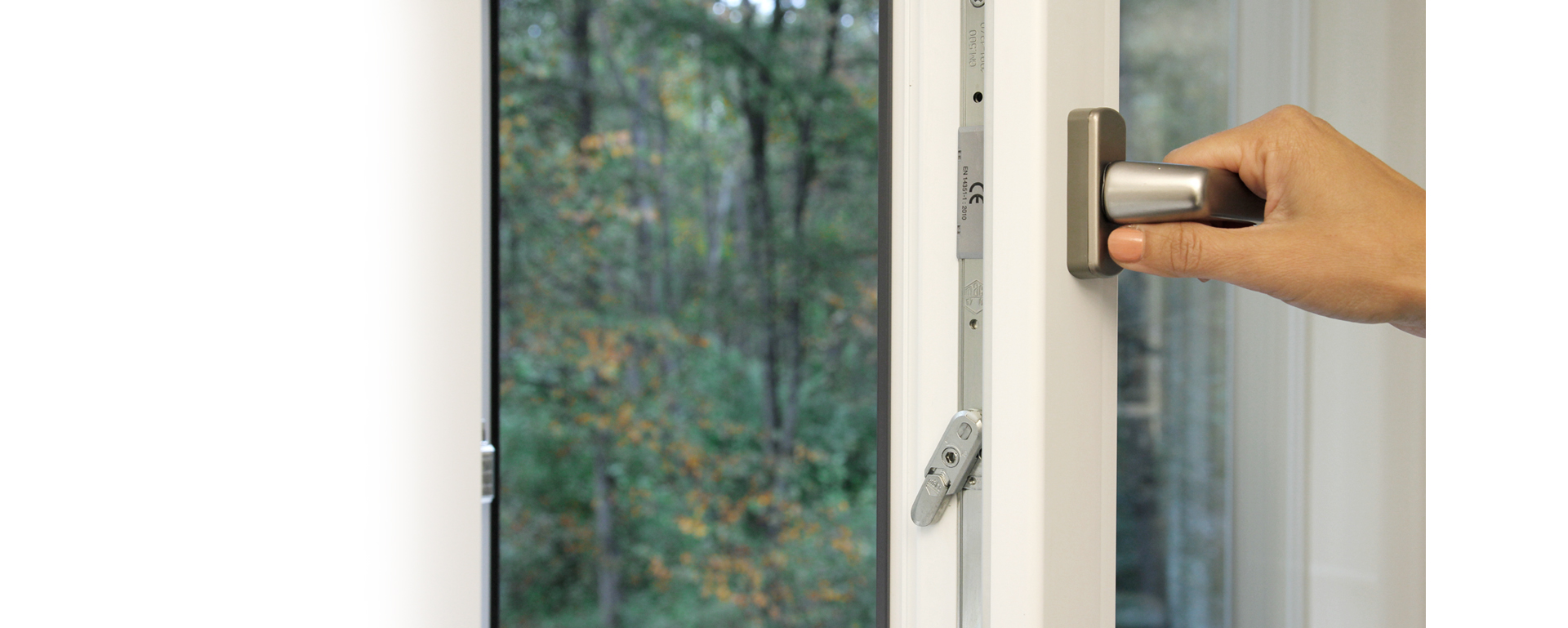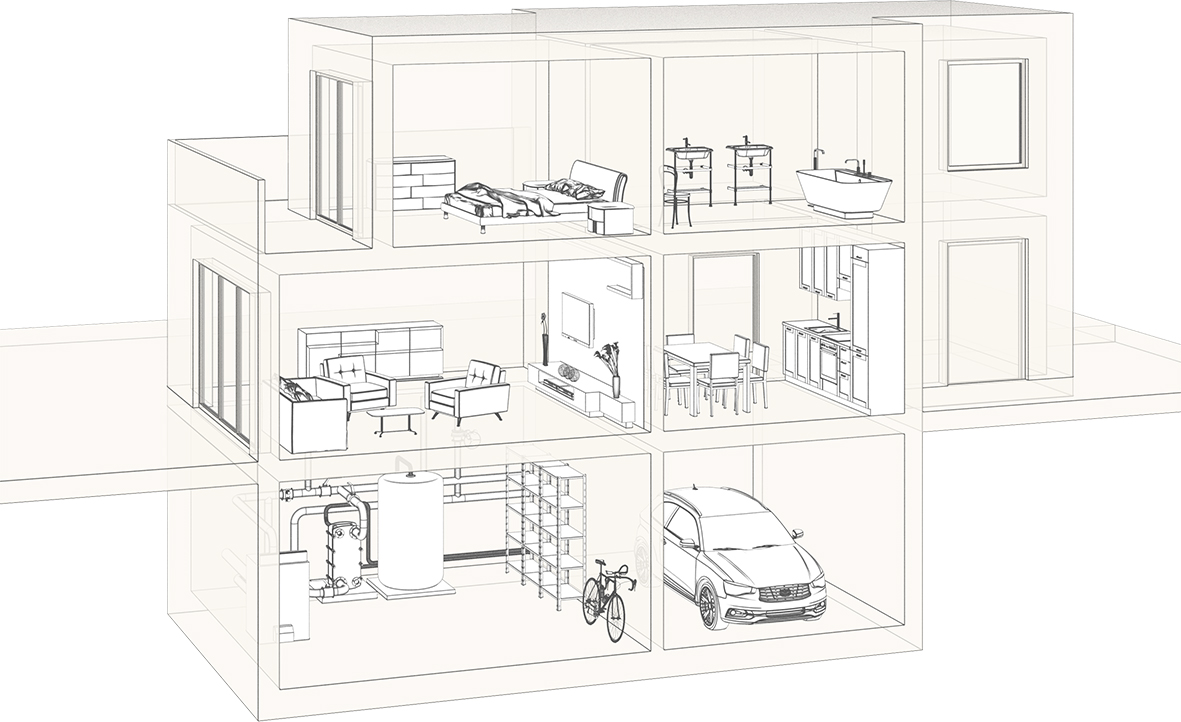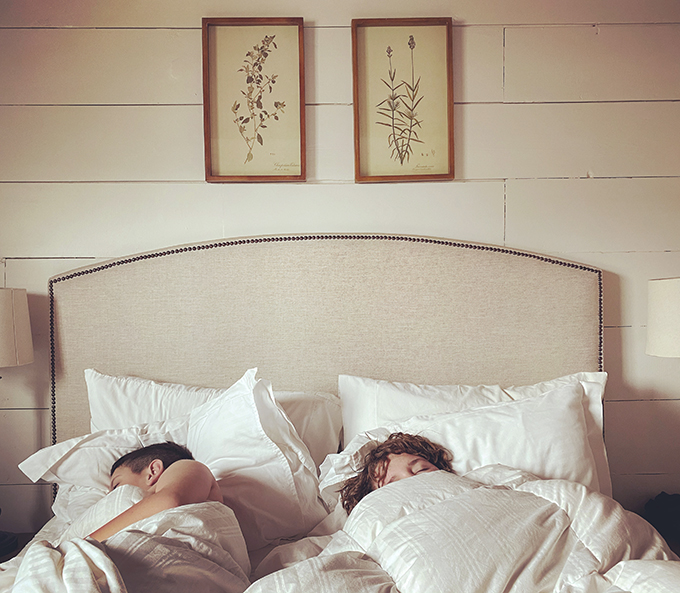Indoor climate at risk
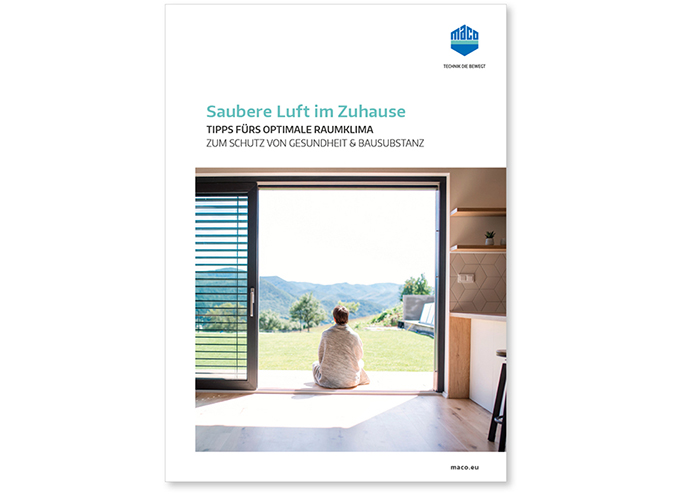
We spend 90% of our time indoors. The air quality indoors is therefore very important for our health and this is often highly polluted with fine dust, mould spores, bacteria, viruses and gases. Additionally, in an effectively sealed building shell, thanks to better insulated windows and doors, hardly any natural air exchange takes place. At the same time, a household's moisture levels have increased as high humidity is more or less trapped inside.
So, what can be done when you cannot regularly ventilate manually? How do you ventilate correctly? And what tools are available to help? We have collected the answers to these questions along with expert information on ventilating in a compact guide for you.
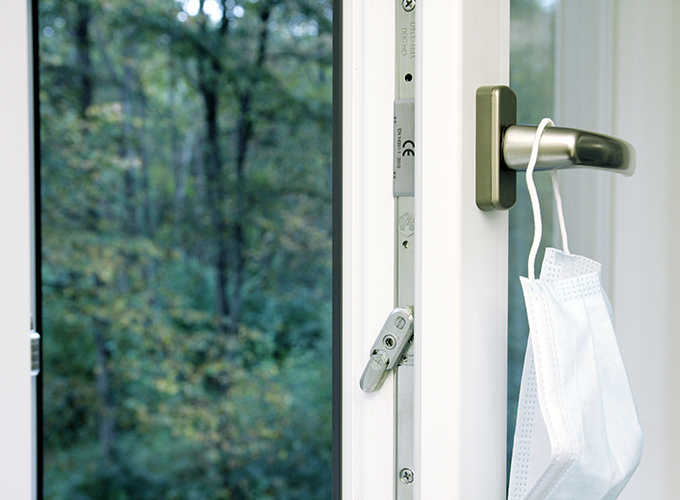
Regular Ventilation
For the sake of our health
It is now clear that the transmission of viruses (e.g. Corona Virus) occurs where humans overwhelmingly spend their time (approx. 90%), maintain their contacts and share their breathing air - in buildings and on public transport.
Aerosols are an important carrier. These are microscopic droplets which we emit through exhaling and which may contain viruses. These practically float in the room air and are
permanently exhaled by each infected person. And all the other people in the room inhale them, even at a distance.
By regularly shock ventilating and replacing the air volume completely for several minutes, you can keep the concentration of aerosols as low as possible, and minimise the risk of infection!
Indoor climate, impurities, damp
The golden rules of ventilation
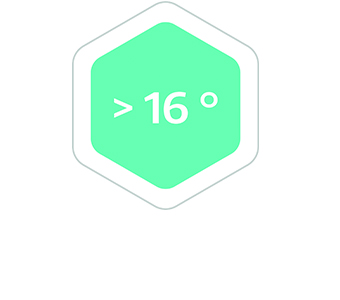
Never below 16 Degrees
Cold room air can absorb less water than warm air. Moisture then settles on walls, windows, etc. and there is a risk of mould forming! A room temperature of 16 degrees is therefore the minimum.

When? How often?
The air is stuffy or stale? Condensation forms on the window? Then it’s high time for shock ventilation. The more time spent in the living room, the more intensive the ventilation. Ventilation should be done four to five times a day.

How long?
5 to 10 minutes are enough, then a large part of the air volume has been renewed and you can breathe freely again. The colder the outside temperature, the shorter the ventilation intervals can be.

Special humidity tips
Just had a long shower? Then, keep the bathroom door closed when airing, otherwise the moisture will be distributed throughout the subsequent rooms. The doors to low-heated rooms should also be kept closed when ventilating.
Proper Ventilation

Bath & Kitchen
Risk of damp!
- Eliminate moisture extremes (cooking, showering, etc.) immediately by shock ventilation
- Doors remain closed
- Avoid using textile materials
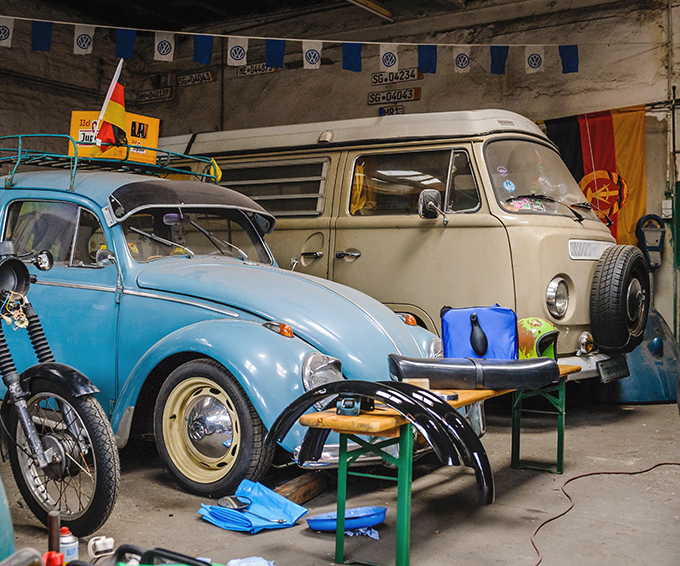
Cellar & Garage
Cool walls
- Generally: ventilate at night or in the morning (outside should be at least 5° cooler than inside temperature)
- Winter: ventilate at any time of the day
The German Ventilation Standard
DIN 1946-6
- The determining standard for the ventilation of apartments, to which numerous standards from Austria and Switzerland are based
- Specifies that a ventilation concept must be created for newly constructed or modernised buildings
- The architect/planner is liable for non-observance and resulting moisture damage
- A ventilation concept must be user-independent and not rely on occupant control
- A ventilation concept guarantees the self-sufficient minimum ventilation for moisture protection
What does such a measure look like now?
In Germany, a ventilation concept must be created for new buildings or renovation projects involving the replacement of at least one third of the windows. The planner/architect/window supplier is responsible for pointing this out and, if necessary, creating it themself. The suitable ventilation solution for the application is then found - whether it is a window rebate ventilator, decentralised living space ventilator or central comfort ventilation system.
Regardless of which solution is chosen, all are suitable for the fulfillment of DIN 1946-6 and offer at least basic protection of the building structure and protection against unhealthy mould.
Ventilation solutions for every requirement
If manual tilting or opening for shock ventilation is not possible, whether due to absence from home or because a barrier-free operation is needed, then other alternatives have to be available. A variety of solutions from easy & quick to comprehensive & smart-home capable supports you with this. Here is an overview.
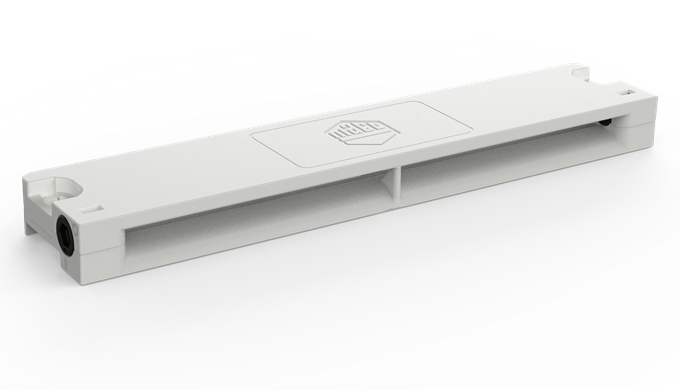
MACO VENT
An effective solution for mould prevention
Avoid moisture and thus mould – this is made possible by the MACO VENT window ventilator. And this protects the building structure as well as your health.
Completely independently, MACO VENT provides the necessary minimum ventilation. It also automatically closes if the wind speeds are too high and tempers draughts.
MACO VENT sits concealed in the window rebate and can be quickly retrofitted with just two screws into existing PVC windows, even by non-specialists. In addition, it is maintenance-free!
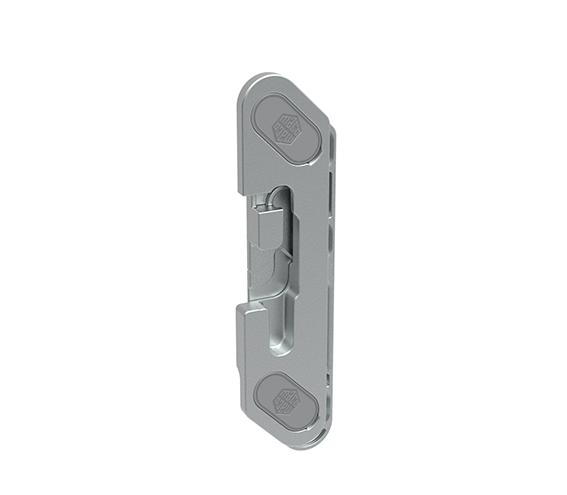
MACO SECUAIR
Tilting with security
Leaving the house with a secure feeling when windows are tilted! No need to be afraid of uninvited guests or a surprise rain shower. The secured ventilation position of MACO SECUAIR ensures energy-efficient, continuous ventilation even in long absences due to its reduced tilting distance and thereby guarantees protection up to RC2 burglary resistance class. The usual window operation is supplemented by an additional handle position.

MACO E-Hardware
Smart ventilation
Even on the go, you can tilt your windows at any time and provide fresh air in your home before you get home. The E-hardware makes this possible and tilts automatically in combination with rain sensors and timers. In doing so, it adapts the window to the habits of the occupants.
The E-hardware should already be considered during construction planning. It is installed invisibly in the window sash and connected to a wall switch or alternatively via smart phone or intelligent home control. Nevertheless, the E-hardware can be manually operated at any time.
